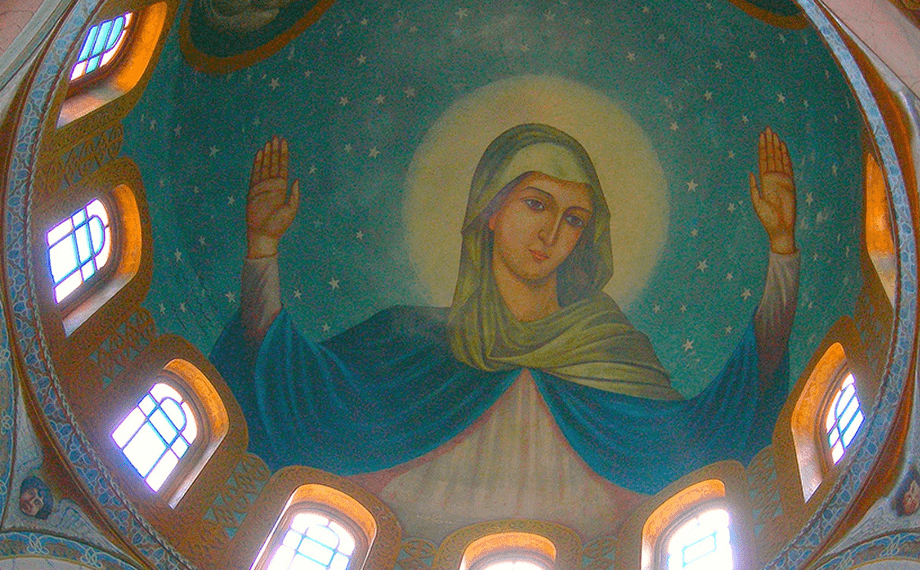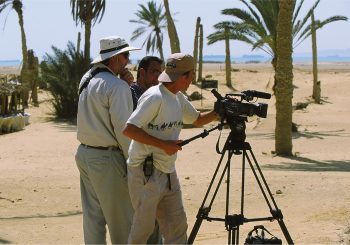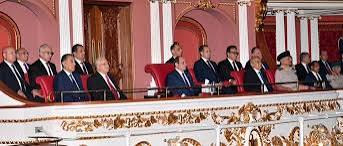
As of 30 November, all festivals associated with the Holy Family’s journey from Bethlehem to Egypt are now part of UNESCO’s Intangible Cultural Heritage of Humanity. This marks the seventh intangible cultural heritage Egypt enlists.
There are two core festivals associated with the journey: ‘The Festival of the Advent of the Holy Family to Egypt’ and ‘The Nativity of the Virgin’, both of which are celebrated across Egypt’s Coptic Christian and Muslim communities. The latter comes in the form of a feast held across several cities, including Durunka (Asyut) and Cairo, between May and August.
According to historians, the Holy Family spent approximately four years in Egypt, its trip starting on Sinai’s border with Gaza. It arrived to the country after fleeing Jeruselum’s then-sovereign King Herod, who according to religious and historical accounts, was oppressive in nature. The journey ends in Durunka, where the feast of the Virgin is celebrated annually.
Prior to the elisting of these celebrations, Egypt first enlisted ‘The Epic of Beni Helal’ in 2008, tahteeb (stick art) in 2016, the Araguz Puppet in 2018, the knowledge and traditions associated with palm trees in 2019, and most recently, the Upper Egyptian manual-textile industry was put on UNESCO’s Intangible Cultural Heritage of Humanity list.







Comments (0)